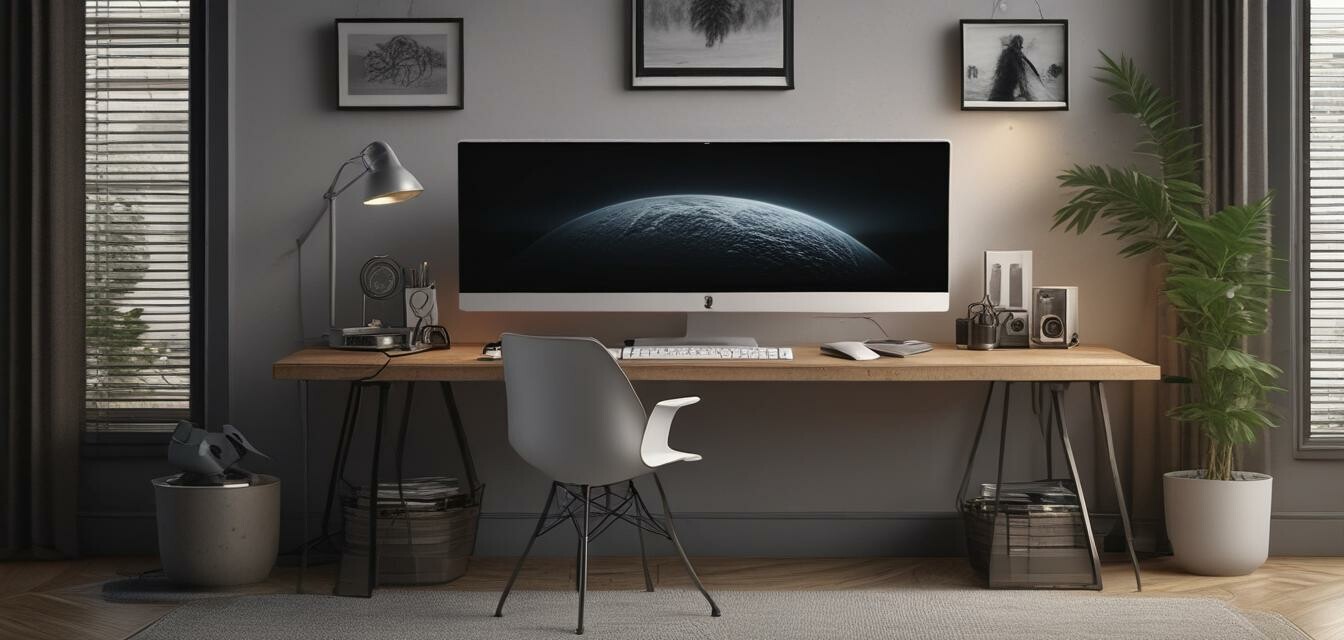
Analyzing the Shift to Hybrid Work Models
Key Takeaways
- Hybrid work models blend in-office and remote work, requiring tailored home office setups.
- Furniture ergonomics and technology play critical roles in enhancing productivity.
- Employers must adapt their strategies to support a distributed workforce effectively.
- Emerging technologies facilitate better collaboration and communication for hybrid teams.
- Increased focus on home office aesthetics can contribute to employee satisfaction and productivity.
The hybrid work model has rapidly gained traction in modern workplaces. As organizations navigate post-pandemic adjustments, many are adopting this flexible approach. Employees split their time between home and the office, leading to unique challenges in productivity and comfort. This article explores the implications of hybrid work models on home office setups, the necessary furniture requirements, and how these changes affect overall worker productivity.
The emergence of hybrid work models
With the advent of technology and a shifting labor market, traditional office environments are evolving. The pandemic accelerated the acceptance of remote work, and now many companies are embracing hybrid models that incorporate both in-person and remote collaboration. Here are some key points that outline this shift:
- Increased flexibility: Employees desire the autonomy to work from various locations.
- Enhanced work-life balance: Hybrid models promote a healthier separation between work and home life.
- Wider talent pool: Employers can hire talent from different geographic locations.
Home office setups in a hybrid model
As more professionals adapt to hybrid work, a well-thought-out home office setup is crucial. This structure should provide comfort, efficiency, and support productivity. Here are some essential elements for an effective home office:
| Essential Elements | Description |
|---|---|
| Ergonomic Furniture | Chairs and desks designed for comfort and productivity, reducing strain. |
| Multi-Monitor Displays | Multiple screens allow for increased multitasking and ease of access to information. |
| Lighting Solutions | Proper lighting, including desk lamps, to minimize eye strain during extended work hours. |
| Organizational Tools | Software and hardware for efficient task management and communication. |
| Sound Solutions | Soundproofing options or noise-canceling devices help maintain focus. |
Focus on ergonomics
Ergonomic furniture is essential for maintaining comfort during long working hours. A chair that supports proper posture can significantly reduce discomfort. Check out our ergonomic chairs category for ergonomic options that blend style and comfort.
Furniture needs for hybrid workers
Investing in the right furniture is critical for anyone working in a hybrid model. The demand for versatile setups is increasing. Below are some furniture types that cater to hybrid work needs:
- Adjustable Desks: These allow for flexibility between sitting and standing positions.
- Stylish Storage Solutions: To keep the workspace organized and clutter-free.
- Multi-Functional Furniture: Pieces such as foldable desks or chairs that can serve multiple purposes.
Pros
- Improved employee morale due to enhanced flexibility.
- Cost savings on office space and resources.
- Increased productivity stemming from optimized home office setups.
Cons
- Potential for decreased collaboration among team members.
- Challenges in maintaining a cohesive company culture.
- Increased responsibilities for employees to create their workspace.
The role of technology in hybrid environments
Technology is a key component in ensuring the success of hybrid work models. Tools for communication, collaboration, and project management are essential for seamless integration.
Essential technological tools
| Tool | Purpose | Examples |
|---|---|---|
| Video Conferencing | Facilitates face-to-face communication remotely. | Zoom, Microsoft Teams |
| Project Management | Helps teams manage tasks and deadlines effectively. | Trello, Asana |
| Cloud Storage | Enables easy file sharing and access across locations. | Google Drive, Dropbox |
| Collaboration Tools | Supports real-time collaboration on documents and projects. | Google Workspace, Microsoft 365 |
With an efficient home office equipped with the right technology, employees can maintain productivity irrespective of their physical location.
Conclusion
The shift towards hybrid work models is reshaping how we perceive and implement home office setups. Investing in ergonomic furniture, efficient technological tools, and understanding the importance of aesthetics can vastly improve employee satisfaction. As businesses adapt, they must consider their strategies to ensure that a robust support system is in place for remote and in-office employees alike.
Stay tuned for more insights on the latest trends in office setups in our News and Trends section, and explore how the future of work-from-home environments is evolving.